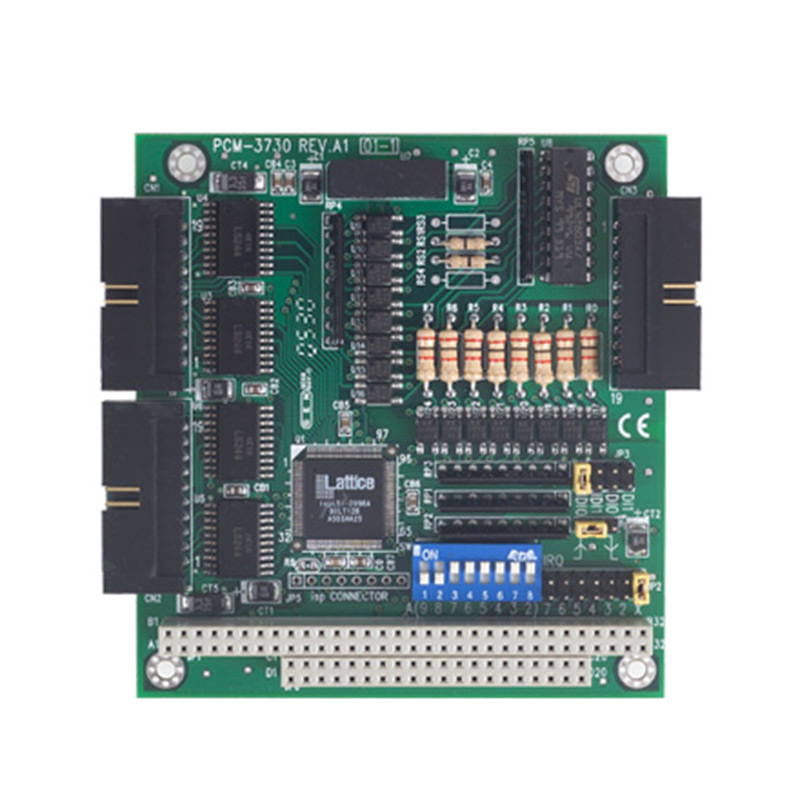

The Elegance of Acid Etched Glass Panels A Modern Architectural Trend
In the realm of contemporary design, the application of acid etched glass panels has emerged as a defining trend in both residential and commercial architecture. This technique, which creates stunning visual effects while retaining functional qualities, has captivated designers and architects alike. From the minimalist charm of private homes to the sophisticated ambiance of corporate offices, acid etched glass panels offer a unique blend of beauty and practicality that can transform any space.
Acid etching is a process that involves the use of acidic substances to create patterns and textures on the surface of glass. This method not only enhances the aesthetic value of glass but also provides a degree of privacy without sacrificing natural light. The resulting opaque finish diffuses bright sunlight, casting gentle shadows and creating a serene environment. Such characteristics make acid etched glass an ideal choice for various applications, including windows, doors, partitions, and decorative panels.
One of the most appealing aspects of acid etched glass is its versatility. The process allows for customization, enabling designers to create unique patterns that align with a project’s vision. From organic motifs to geometric designs, the possibilities are endless. This degree of personalization enhances the identity of a space, making it more inviting and tailored to its purpose. Furthermore, the subtle variations in texture can add depth and dimension to a design, elevating the ordinary into the extraordinary.
In addition to its aesthetic benefits, acid etched glass panels also provide functional advantages. The surface treatment increases the durability of the glass, making it more resistant to scratches and wear over time. This quality is particularly valuable in high-traffic areas where glass elements are more prone to damage. Additionally, because acid etched glass maintains its appearance longer than ordinary glass, it reduces the need for frequent replacements or repairs, ultimately contributing to a sustainable approach to building materials.

Safety is another crucial aspect to consider when discussing glass in architecture, and acid etched glass is no exception. The etching process can be applied to tempered glass, which is known for its strength and ability to shatter into small, less dangerous pieces when broken. This feature minimizes the risk of injury in environments such as schools and public buildings, making acid etched glass panels a sound choice for both safety and design.
Moreover, the environmental benefits of using glass, including acid etched varieties, cannot be overlooked. Glass is a highly recyclable material, and its production can be more energy-efficient compared to other building materials. When applied in design, acid etched glass can also contribute to energy-efficient buildings through enhanced insulation properties, reducing the overall energy consumption of a structure.
Architects and designers have increasingly embraced acid etched glass as a means to create spaces that are not only functional but also exude elegance and sophistication. Whether it is used in large-scale public buildings or intimate residential settings, acid etched glass panels can enhance the architectural narrative by blending seamlessly with other materials and design elements. This integration fosters an appreciation for the interplay between transparency, light, and form—an essential characteristic of modern design.
In conclusion, acid etched glass panels represent a harmonious fusion of art and functionality. The versatility, durability, and aesthetic appeal of this material make it an attractive choice for a wide array of applications. As the demand for innovative and sustainable design solutions continues to rise, acid etched glass will undoubtedly play a pivotal role in shaping the future of architecture, offering endless possibilities for creativity and expression in built environments.